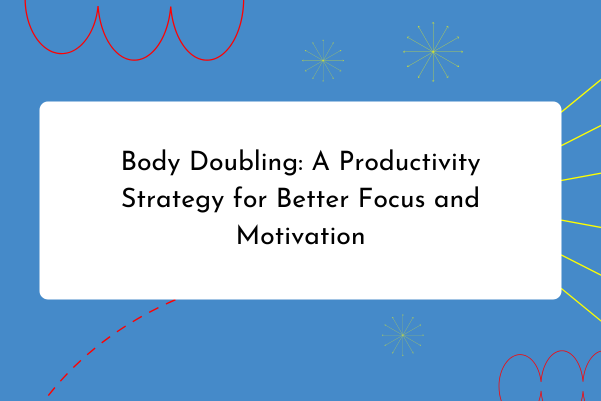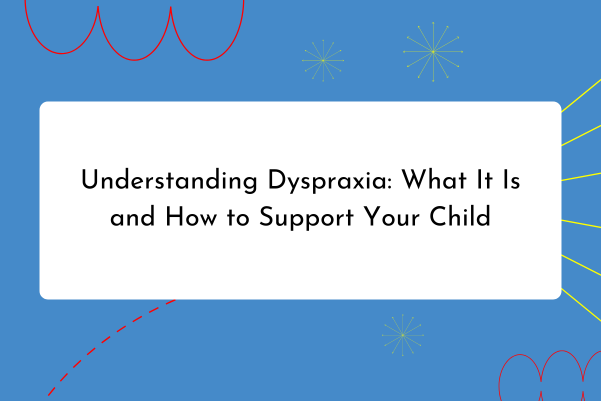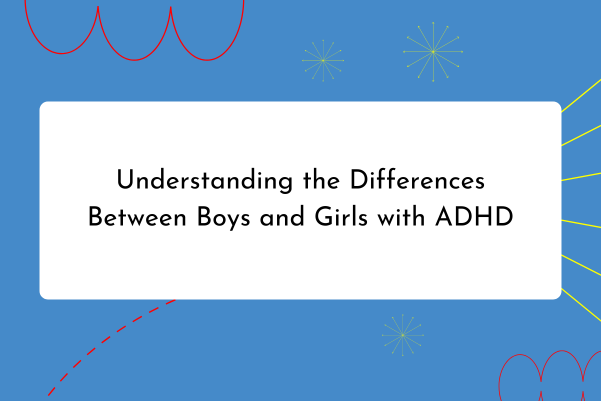Understanding Specific Learning Disabilities (SLD): A Parent’s Guide
Specific Learning Disabilities (SLD) encompass a range of disorders that affect a child’s ability to learn and process information in specific areas. If your child has been diagnosed with an SLD, understanding the condition and knowing how to support them can make a big difference. This guide will help you navigate what SLD is and offer practical advice on how to help your child succeed.
What are Specific Learning Disabilities (SLD)?
SLD is a broad term used to describe difficulties in learning and using academic skills. These challenges are not due to intellectual disabilities or external factors, but rather, they affect how the brain processes information. Common types of SLD include:
- Dyslexia: Difficulty with reading, including issues with decoding words, reading fluency, and comprehension.
- Dyscalculia: Challenges with understanding numbers, mathematical concepts, and performing calculations.
- Dysgraphia: Trouble with writing, including handwriting, spelling, and organizing thoughts on paper.
- Nonverbal Learning Disabilities: Difficulties with visual-spatial skills, motor coordination, and interpreting nonverbal cues.
Children with SLD may excel in other areas but struggle in specific academic tasks. The key is recognizing that these difficulties are related to how they process information, not their overall intelligence or effort.
Signs of Specific Learning Disabilities
Identifying SLD can be challenging, as signs may vary depending on the specific learning difficulty. Common indicators include:
- Reading Difficulties: Trouble with word recognition, reading fluency, or understanding what is read.
- Mathematical Struggles: Problems with number sense, memorizing math facts, or applying math concepts.
- Writing Challenges: Issues with handwriting, spelling, and organizing written work.
- Organization Problems: Difficulty with following instructions, staying organized, and managing time.
How Parents Can Support Their Child with SLD
- Seek a Comprehensive Evaluation
A detailed evaluation by an educational psychologist or learning specialist is crucial for diagnosing SLD. This assessment will help determine the specific areas of difficulty and guide the development of an appropriate intervention plan. - Understand Your Child’s Unique Needs
Each child with SLD has different strengths and weaknesses. Work closely with educators and specialists to understand your child’s specific challenges and tailor support strategies to their needs. - Provide Targeted Interventions
Based on the diagnosis, seek out specialized interventions and resources that address your child’s specific learning difficulties. For example:- For Dyslexia: Look for reading programs that use multisensory approaches to improve decoding and comprehension skills.
- For Dyscalculia: Use visual aids and hands-on activities to help your child understand mathematical concepts.
- For Dysgraphia: Implement handwriting practice tools and allow for alternative methods of expression, such as typing or using speech-to-text software.
- Create a Supportive Learning Environment
Establish a structured and distraction-free study area at home. Provide tools and resources that cater to your child’s learning style, such as graphic organizers, audiobooks, or educational apps. - Encourage Self-Advocacy
Teach your child to understand their learning difficulties and advocate for themselves. Encourage them to communicate their needs and seek help when necessary. This skill will empower them and boost their confidence. - Collaborate with Teachers and Schools
Work with your child’s teachers to ensure they receive appropriate accommodations and support in the classroom. An Individualized Education Plan (IEP) or 504 Plan can provide necessary modifications to help your child succeed academically. - Foster a Growth Mindset
Emphasize effort and progress rather than perfection. Celebrate small victories and encourage your child to view challenges as opportunities for growth. A positive attitude can make a significant difference in their learning experience. - Explore Assistive Technology
Assistive technology can be a valuable tool for children with SLD. Consider using software and devices that support reading, writing, and math skills. Tools like text-to-speech programs, electronic calculators, and voice recognition software can enhance learning. - Promote Balance and Well-being
Ensure that your child maintains a balance between academics and other activities. Encourage hobbies, physical exercise, and social interactions to support their overall well-being and reduce stress. - Seek Professional Support
Don’t hesitate to reach out to professionals such as educational therapists, counselors, or support groups. They can provide additional strategies, resources, and emotional support for both you and your child.
Final Thoughts
Specific Learning Disabilities can present unique challenges, but with the right support and strategies, your child can thrive academically and personally. By understanding their needs, collaborating with educators, and implementing targeted interventions, you can help your child navigate their learning journey with confidence and success. Remember, patience and encouragement are key to helping your child overcome obstacles and reach their full potential.






